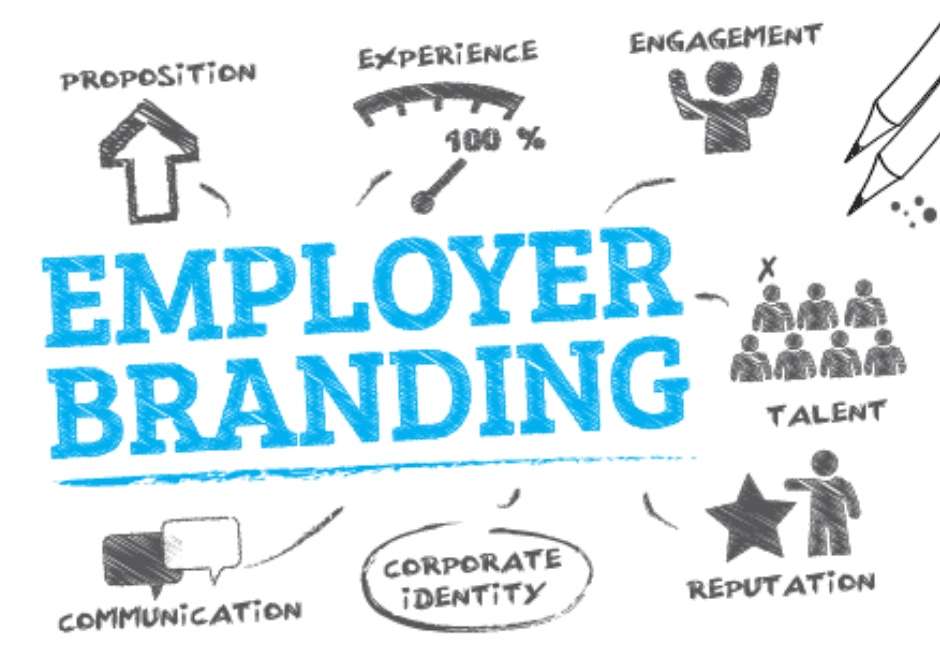Once Upon a Time: Storytelling at Your Company
How do you effectively use Storytelling in your company?
The modern-day workplace has embraced the power of storytelling, which has become an increasingly popular mode of corporate communication. As a manager or team leader, you can also harness the force of a strong plotline to create lasting impressions and bind your workforce together.
Stories for every occasion
Storytelling can work magic in most situations, even for dressing up dry data and business metrics. In the workplace, they support leadership at all levels, from the C-suite to small operational units. Skillful and imaginative managers use them to:
- Build a culture and create common ground for teams.
- Share vision.
- Engage and motivate.
- Communicate strategy.
- Support recruitment.
- Drive change management.
- Explain specialized knowledge.
A good story can function better than a memo or a white paper for defining a company’s purpose and desired impact. A story, in the right hands, becomes a potent teaching tool. People tend to think in metaphors and learn through anecdotes. The narrative gives employees a context for understanding the values and direction behind their labor. Vision stories, in particular, carry a message that hard work is worth the effort, linked to a specific outcome as an illustration.
You can use stories to build trust, whether among your team members or with superiors. Your listeners want to know more about your own motivations and agenda. You can use them to map out your own goals, accomplishments and background.
They can be taught throughout the entire organization to substantiate change management and decision-making. If the workforce buys in and the exercise is successful, employees will appreciate the firm’s values on a more concrete and personalized level.
You will have achieved a modest triumph by articulating and adding a building block to your corporate culture. You will take it even further if you can print the story in institutional memory. Amid the ocean of informational overload, workers need to not only comprehend but also remember the message. The key is to use stories to fit the patterns of your organization’s processes and dynamics. Stories can make that real by stirring emotions and making complicated concepts memorable.
The power of the parable
For full impact, the vision must be expressed and integrated with routine work activities that your team members can relate to. A well-crafted story, constructed as an emotional journey, can provide that connection and sell the idea.
Stories can strengthen all types of communication because they unite the right and left hemispheres of the human brain. The left side dominates logic, speech and language, while the right half focuses on creativity, intuition and spatial relationships. Yet in decision-making, emotion trumps logic in the end. That is why it is so important to weave emotion into your story.
For instance, if you are addressing change management, you might want to focus on turning points and emphasize how change agents overcame initial resistance. Change is hard. Everyone has experienced the fear of the unknown.
Engage your audience 101
Your high school English teacher probably told you all this, but the same rules apply. What makes a great story resonate is its simplicity, but that does not mean it is easy to tell.
The elements are universal:
- Context.
- Action.
- Transformation.
- Results.
The context kindles interest and provides background, the action lays out how a challenge or a setback was overcome, and the result uncovers a moral or learning experience.
Parachute right into the action to get attention, and quickly define the purpose (the big idea). Develop the journey, using setting, characters and conflict around the transformation. Try to build empathy with your hero. End with a bang on a finely tuned key theme.
Let’s end with a true story. Google, launched in 1996 by Larry Page and Sergey Brin, was originally called Backrub! The founders wanted to indicate how it is related to a website’s backlinks. Ugh. The new name, Google, chosen in 1997, refers to “1” with 100 zeroes. The story inspires by highlighting both the ingenuity and the common sense of two entrepreneurial students.
©2023
Sign up for PeepTek Solutions’ Newsletter








